Kruger National Park in South Africa is well-known for being home to the famous Big Five. Check out our compilation of the most adorable babies that are part of this group. Comment your favorite one and let us know what you want to see next!
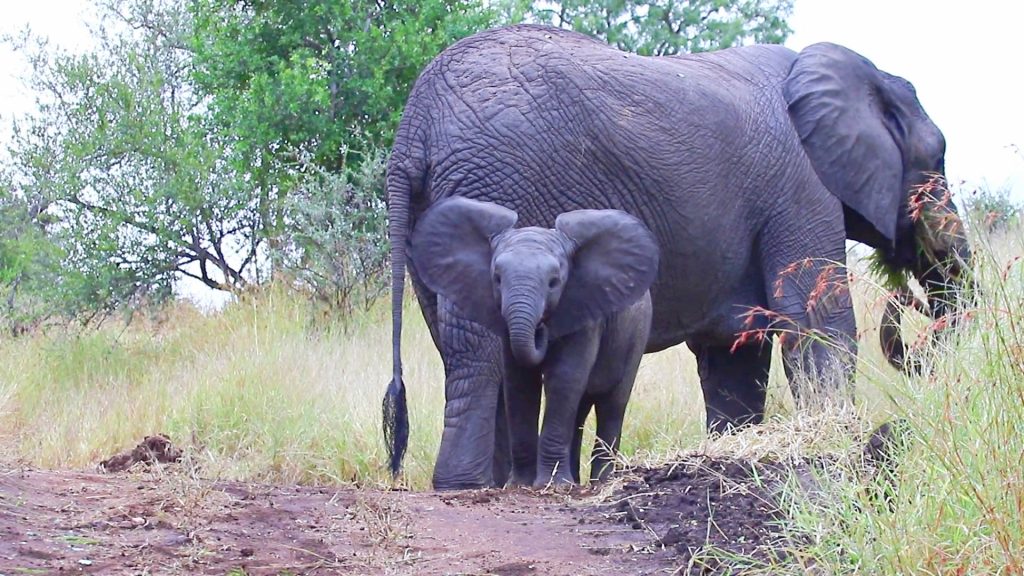
Reggi Barreto was driving through MalaMala Game Reserve in Kruger National Park when he came across this adorable scene of a baby elephant playing with its family. This calf looks fairly young but old enough to run and play on its own. Elephant calves are born weighing around 100 kg (220 lbs) and are very coordinated from the start.
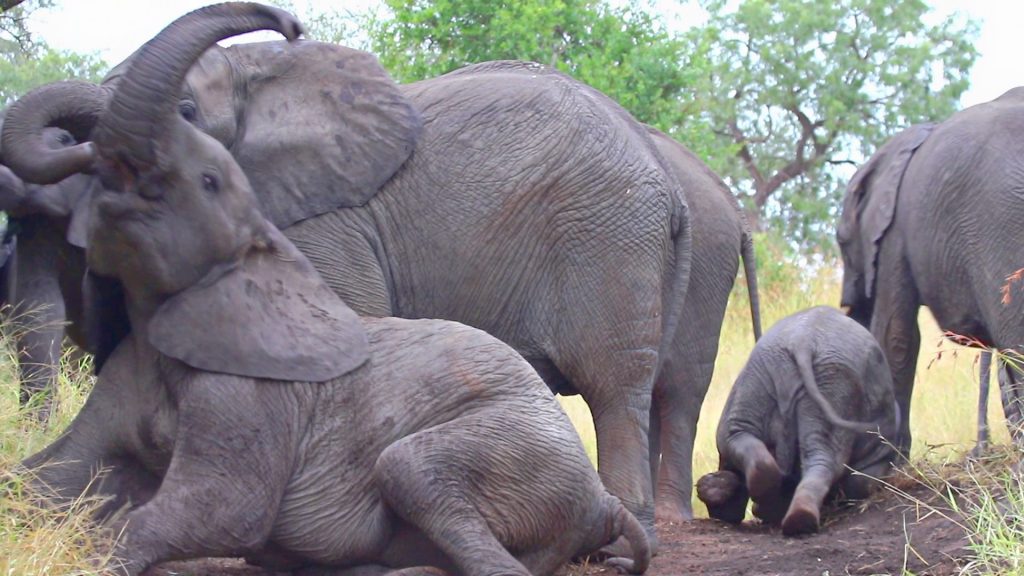
The entire herd, specifically the mother and aunts, work together to take care of baby elephants. The calves stay close to their mothers in the early years of their lives before becoming more independent. Unlike humans, calves nurse from their mothers for 2-3 years, although they do start eating solid food at around 6 months.
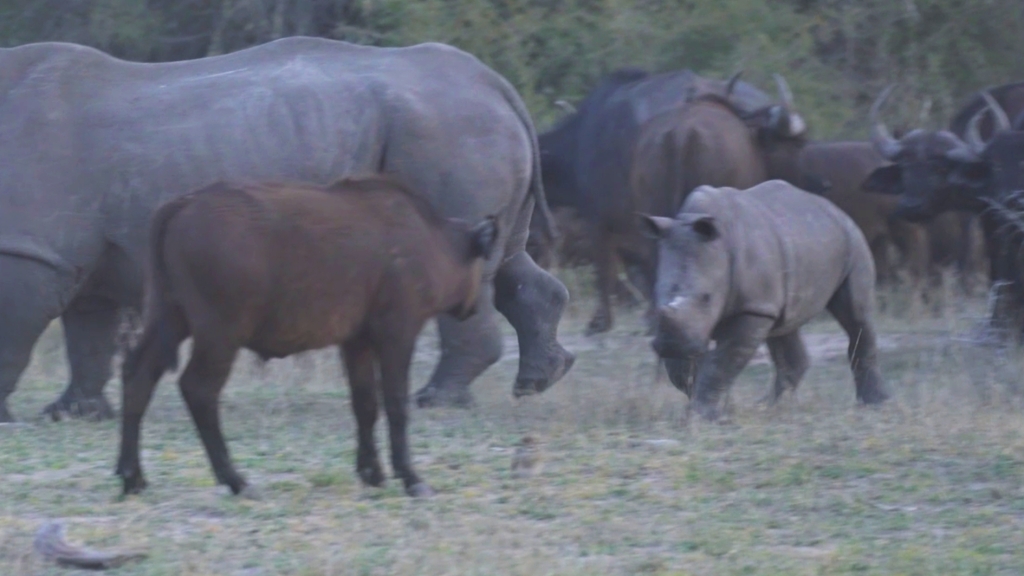
Gareth Nuttal-Smith captured this adorable scene of a rhino calf and a buffalo calf having a playdate. Baby animals of all kinds are playful and will find a playmate in just about anyone or anything. Buffalo and rhinos get along well since they’re both large and strong, so it’s not surprising that these two young animals are willing to play together.
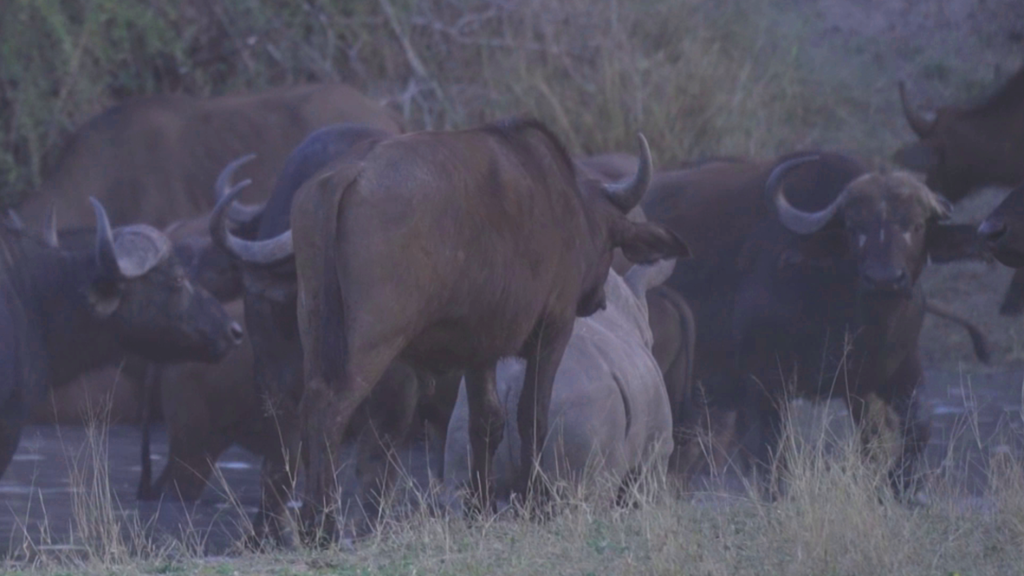
Baby rhinos spend their first few years very close to their mothers, forming a strong bond due to their constant companionship. Buffalo calves, on the other hand, are taken care of by their entire herd. As they grow, buffalo calves learn social and environmental skills from the rest of the herd.
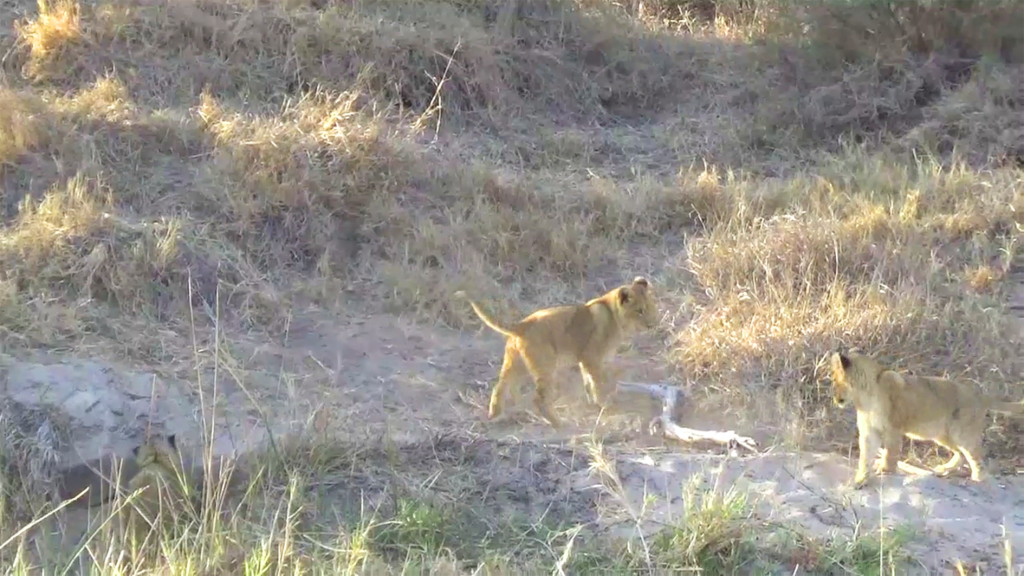
Michael Botes captured this scene of two lion cubs playing while driving through MalaMala. Lion cubs are born with spots that slowly fade as they grow. These initial markings help them blend in with the environment to hide from predators. Mother lions wean their babies off milk after a few months, but the young lions stay with the pride for several years afterward.
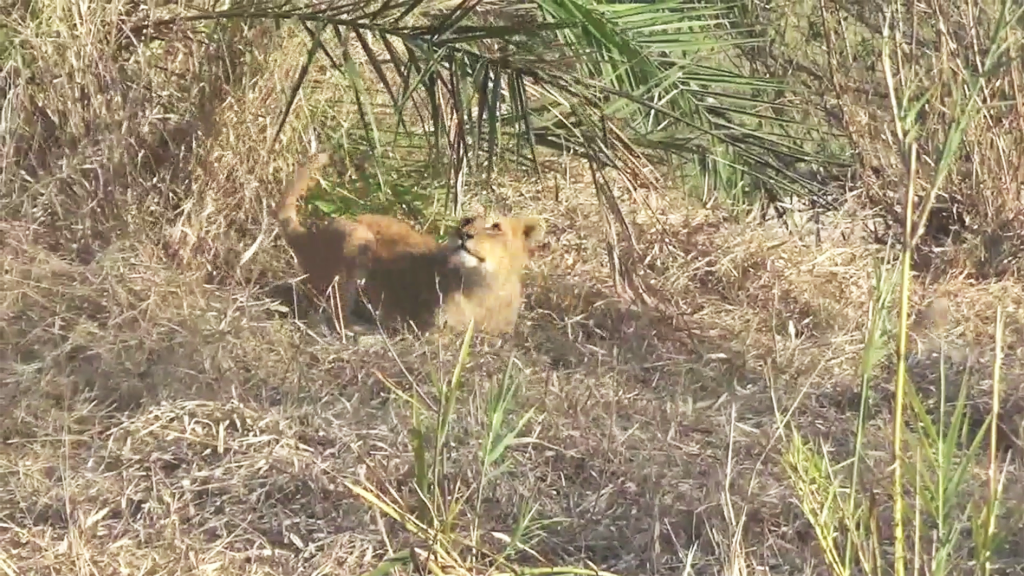
Playing is crucial to the growth and development of lion cubs. Through play, they learn how to hunt and use their strong features to catch prey. Cubs may also play fight with their siblings or parents, which helps them develop the skills needed to fight off enemies in the future.
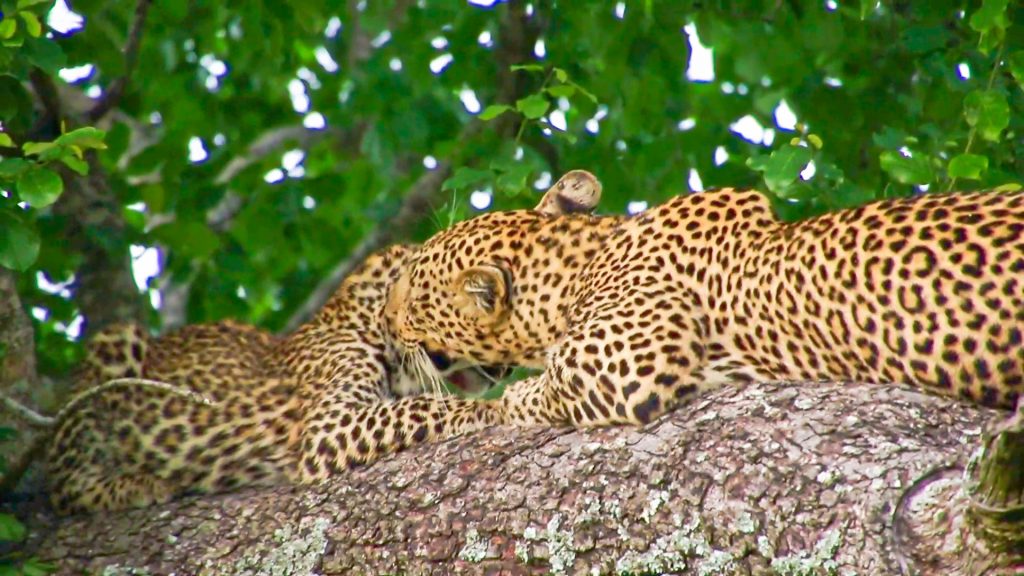
Lauren Dent witnessed a mommy leopard grooming her cub in MalaMala. Leopard cubs are born with thick, spotted fur that helps hide them from predators. The newborn cubs take up to 10 days to open their eyes and move around. Mother leopards will hide their newborn cubs in secluded places to protect them from the outside world. This cub pictured is slightly older and ready to explore the trees.

Leopards spend most of their time in trees, often dragging their prey up to the high branches. Cubs start learning how to hunt at just 3 months old. In between, mothers groom their cubs to form a strong bond and keep them clean from bugs and diseases.
